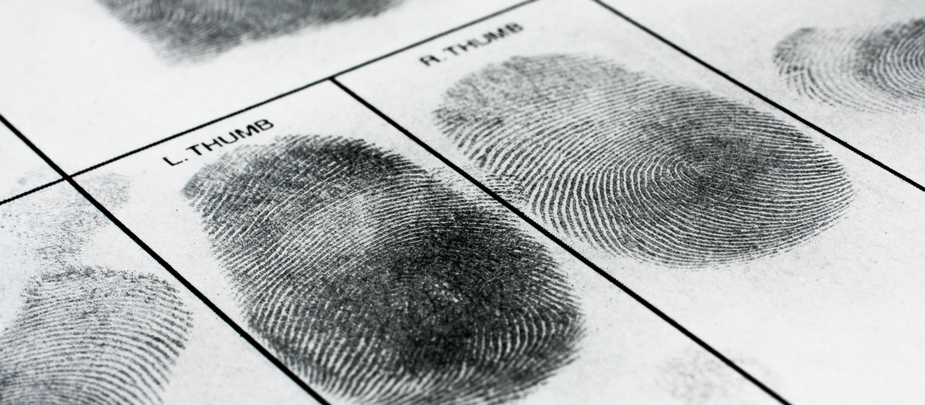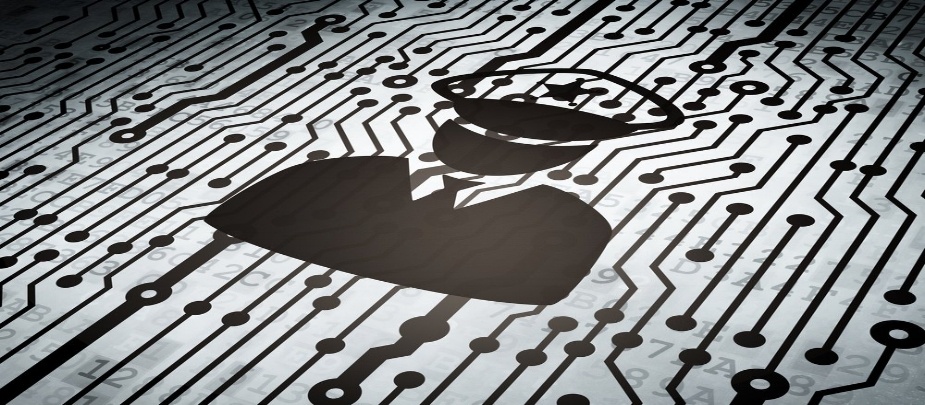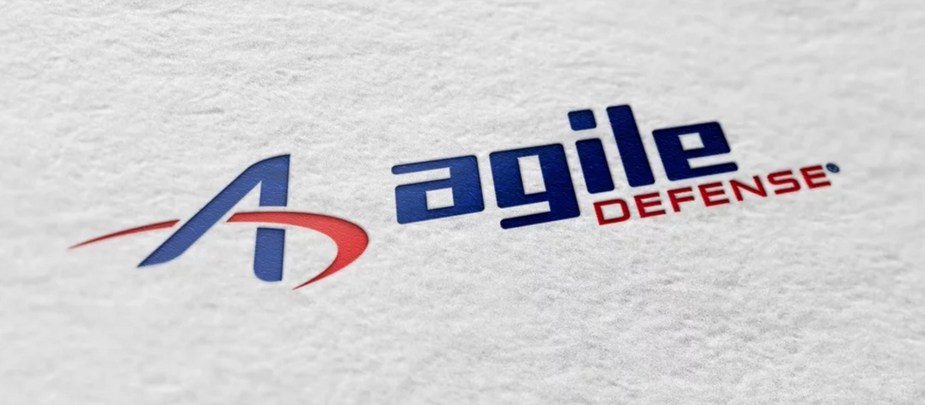Today’s officer frequently drives a car loaded with everything from an in-car video camera, traffic monitoring radar units, and computer data terminals to body cameras and department-issued cell phones. That’s a lot of tech.
As pointed out by Dr. Patrick Solar, a former Police Chief and Assistant Professor of Criminal Justice at the University of Wisconsin-Platteville, it’s quite a jump from the work experience of police officers thirty years ago, who generally made do with just a police radio and the nearest pay phone. So, how has all of this technology changed how the police force does its work?
A Quick History of Policing
There are generally considered to be three different periods in the history of the police force – and in each one, the police held a slightly different role.
Political Era: 1840 - 1920
 In the political era, starting in 1840, police patrolled on foot and were highly connected to political leaders of the day. Most police forces consisted of individuals who had been appointed by local politicians, and the appointment was for a limited term. Information came from the people who lived on their beat.
In the political era, starting in 1840, police patrolled on foot and were highly connected to political leaders of the day. Most police forces consisted of individuals who had been appointed by local politicians, and the appointment was for a limited term. Information came from the people who lived on their beat.
During this period, technology like the telegraph and telephone entered police precincts with limited use. Early classification systems such as a basic fingerprinting system, systematic use of photography to identify criminals and the Bertillon system, a criminal classification system based on human body measurements were utilized.
Professional Era: 1920 - 1970
This kind of police work came to an end in 1920, which marked the beginning of the professional era - a time when reformists tried to cut law enforcement ties to political leaders. The goal was to make the police force more "professional" - strengthening the hierarchy and focusing on rules and standards.
Technology continued to change the way that police officers handled crime. For example, the rise in popularity of the telephone meant citizens could report crime directly to departments. This led to the creation of the 9-1-1 system in 1968. Additionally, as citizens reported crime to a central location, officers became more likely to respond directly to calls, rather than to walk their beat. The mass production of the automobile also enabled this approach as officers used cars to quickly reach crime scenes. Officers could also use two-way radios to communicate with headquarters from the field.
Community-Based Era: 1970 - present
Solving the root causes of crime and working together with your community to bring down crime rates best characterizes the current period of police work. A problem-oriented approach to policing concentrating on situational crime prevention, Lt. Raymond E. Foster, LAPD (ret.) and author of Police Technology, points out that police work today is not only about community-based work, but also about community leadership.
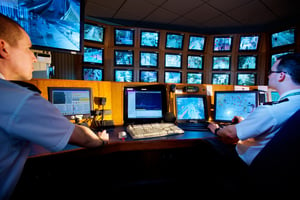 “Every student of leadership has read about the great military leaders of the past. Everyone knows of Patton, Bradley, Marshall, MacArthur and Eisenhower. Clearly, these leaders provided stellar examples for us to follow, but it's leadership at every level of the organization that separates the merely good from the great. In great organizations effective leadership is practiced every day, by every member.”
“Every student of leadership has read about the great military leaders of the past. Everyone knows of Patton, Bradley, Marshall, MacArthur and Eisenhower. Clearly, these leaders provided stellar examples for us to follow, but it's leadership at every level of the organization that separates the merely good from the great. In great organizations effective leadership is practiced every day, by every member.”
Community policing works because computerization allows departments to handle large amounts of data, but high tech makes this type of policing efficient. Computer aided dispatching, computers in patrol cars, automated fingerprinting systems and online offense-reporting systems are all ways technology has made the practice of community policing effective.
Case Study: How Fingerprinting Technology Prompted Changes and Improvements in Police Work
The study of fingerprints is a great example of how technology has impacted police work. At the beginning of the twentieth century, fingerprints were stored on cards. To find a match, each print was compared against millions of cards, which were physically stored in different locations.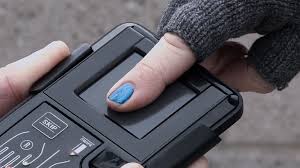
The computer changed everything about fingerprinting - automating the software that leveraged complex algorithms which could now recognize and compare slight differences in fingerprints. Computerization allowed the FBI to launch the Automated Fingerprint Identification System in 1999, making the fingerprints of 33 million criminals available nationwide.
Sophisticated computer-based technologies including capacitance scanning and optical scanning have improved the process significantly. Today, digital scanning software is used to obtain an image, examine, and compare fingerprints.
Making Our Communities Safer
Police have been using data collection and analysis methods for many years. Some methods – such as fingerprinting, which has been in use for over a hundred years – have become standards of police and detective work. But their applications have changed, as new technologies facilitate the processing and analysis of data in innovative ways.
There is no question that the latest innovations in law enforcement technology are transforming the way PDs and LEAs do their jobs. These new solutions are impacting how police and law enforcement professionals relate to the collection and review of data – radically affecting the nature of their work and enabling them to better achieve their end goals: solving crime, and making communities safer.
Subscribe now to our blog for more updates on police and law enforcement technology!


